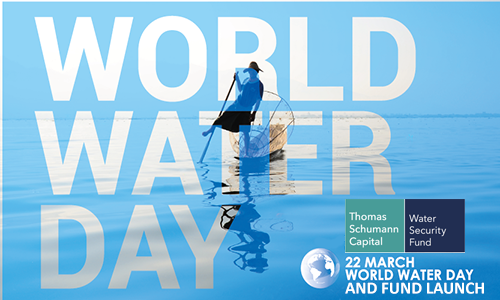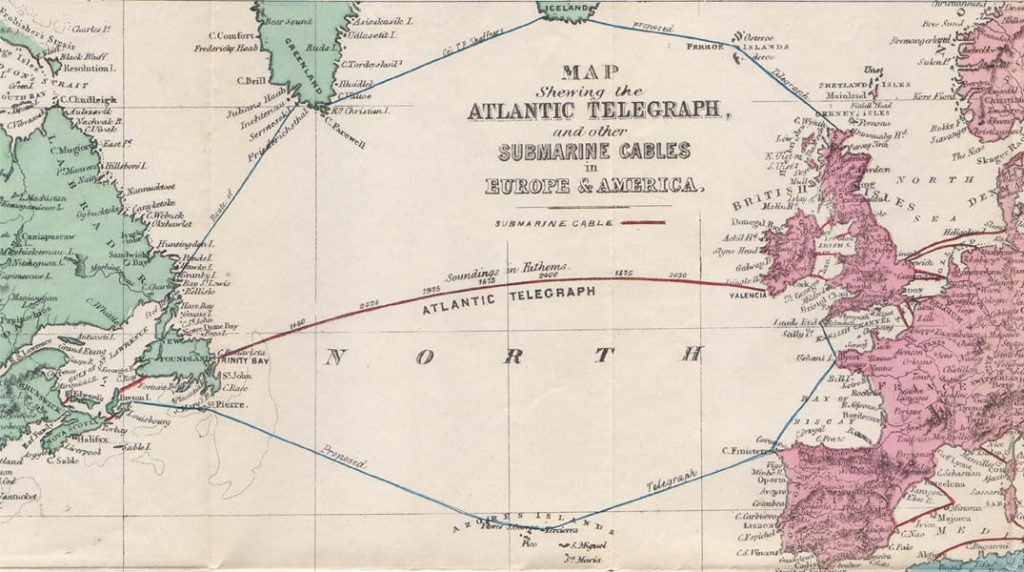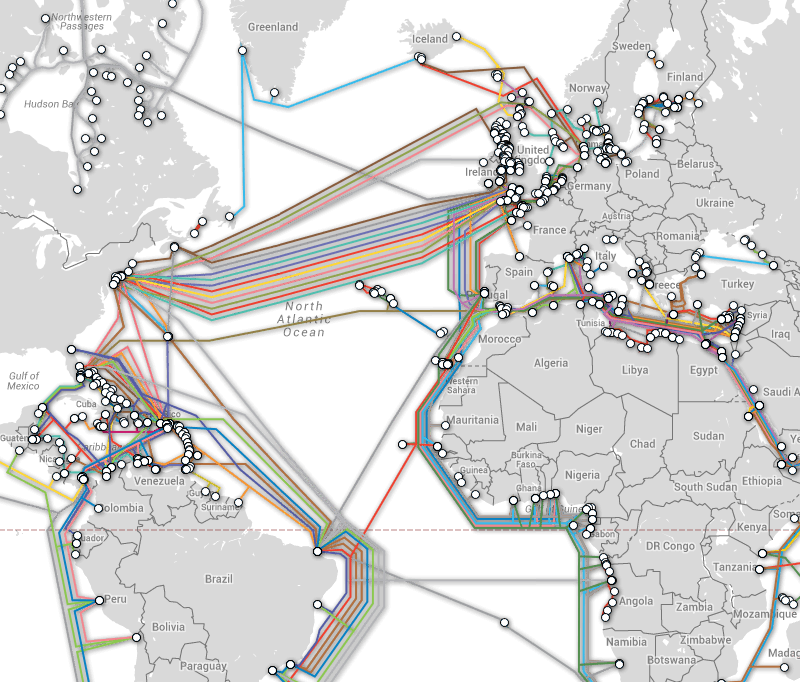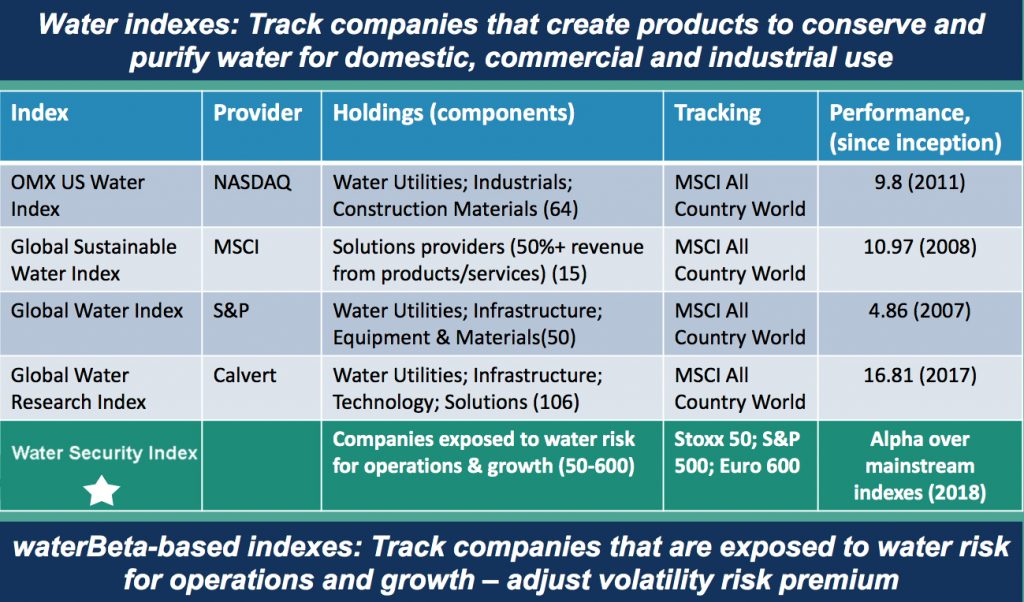
An end in sight to Impact Washing

A lack of clarity about how impact investments are managed has given rise to concerns about “impact washing”.
Sustainable investment, which encompasses impact investing, the integration of environmental, social and governance (ESG) criteria has long been poorly defined. The ambiguity has given asset managers scope to overstate their commitment, a practice known as impact washing. However, 2019 has seen a concerted effort to eradicate this practice.
Impact investing has been one of the fastest-growing sectors of asset management. Its popularity is often put down to the power of millennial investors, who have a special interest in social and environmental issues. But the appetite goes beyond this cohort. There has been a huge amount of attention and coverage of impact investing in the past two years. About $502bn in assets is currently dedicated to impact investing, according to the Global Impact Investing Network.
 However, the lack of clarity about how impact investments are managed has given rise to concerns about “impact washing”, which affects the industry’s integrity. The 2018 Annual Impact Investor Survey reports that 80% of respondents believe that more transparency around impact investing strategies and results would help reduce the risks of impact washing. Politicians in the EU and individual countries want to crack down on this with a stronger definition of what constitutes sustainable investment. They wish to influence fund managers to disclose how they give consideration to ESG variables. The sector needs standards to include investment strategies that link intent to asset selection, and an impact measurement system that ensures accountability by establishing targets, monitoring of performance, and reporting of impact results.
However, the lack of clarity about how impact investments are managed has given rise to concerns about “impact washing”, which affects the industry’s integrity. The 2018 Annual Impact Investor Survey reports that 80% of respondents believe that more transparency around impact investing strategies and results would help reduce the risks of impact washing. Politicians in the EU and individual countries want to crack down on this with a stronger definition of what constitutes sustainable investment. They wish to influence fund managers to disclose how they give consideration to ESG variables. The sector needs standards to include investment strategies that link intent to asset selection, and an impact measurement system that ensures accountability by establishing targets, monitoring of performance, and reporting of impact results.
World Bank latest to tackle ‘impact washing’
Industry initiatives are proceeding to create greater transparency within socially responsible investments (SRI), ESG and impact investing. Most recently, the World Bank launched a set of principles aimed at creating market consensus around impact investing, supported by the likes of BNP Paribas Asset Management, Amundi, UBS, and Axa Investment Managers. The World Bank stated the rise of product launches claiming to be impact investments was confusing and often misleading for investors.
The initiative requires asset managers to document the expected and actual impact of investment projects. The framework also proposes that asset managers should consider the achievement of impact investment targets along with financial performance metrics when awarding incentive payments to staff. Regular independent verification reports should be published to ensure the actions of impact investment managers remained consistent with the new standards.
Unsubstantiated, opaque and incompatible approaches to measurement must be replaced if impact investing is to achieve its potential. We, at Finscoms, are currently working with a fund who in particular strive to bring further stability and confidence to the industry.An impact investment fund that delivers competitive ROI and financial security to investors with appropriate monitoring, assessment and financial evaluation.

For more information click here or contact us.
Ken Carmody



 Today’s investors aren’t just focused on profit, they want impact too.
Today’s investors aren’t just focused on profit, they want impact too. 











